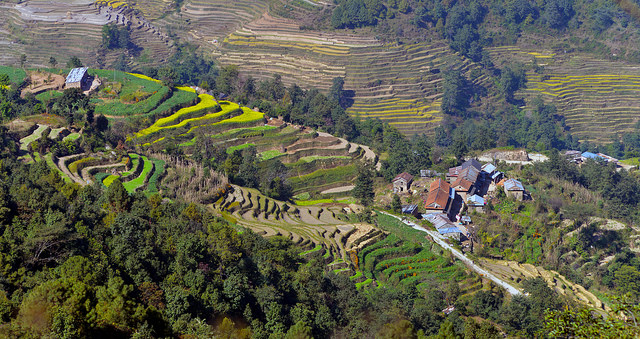identifying hazards and vulnerabilities
The Consolidated Livelihoods Exercise for Analyzing Resilience (CLEAR) approach
The Consolidated Livelihood Exercise for Analyzing Resilience (CLEAR) is an analytical approach developed by WFP to better understand how food security is affected by climate risks.
Gender dynamics in a changing climate: how gender and adaptive capacity affect resilience
Policy and programme recommendations on gender dynamics and the role of CBA in increasing adaptive capacity and promoting gender equality based on ALP’s practical experiences in Africa since 2010.
Mapping of social networks as a measure of social resilience of agents
Our social network maps provide a model of the links between significant individuals involved in key stages of the disaster planning, response and recovery phases.
Methods for integrative research on community resilience to multiple hazards, with examples from Italy and England
The paper links inter- and trans-disciplinary methodologies to map stakeholders’ knowledge and combine this with the best available data for disaster resilience planning.
Climate Vulnerability and Capacity Analysis (CVCA)
The CVCA methodology provides a framework for analyzing vulnerability and capacity to adapt to climate change at the community level.
Mapping Climatic Hazards in Nepal
This article describes a process used for mapping climatic hazards in Nepal.
Community-based Risk Screening Tool – Adaptation and Livelihoods (CRiSTAL)
CRiSTAL is a project-planning toolthat helps users design activities that support climate adaptation (i.e.,adaptation to climate variability and change) at the community level.






